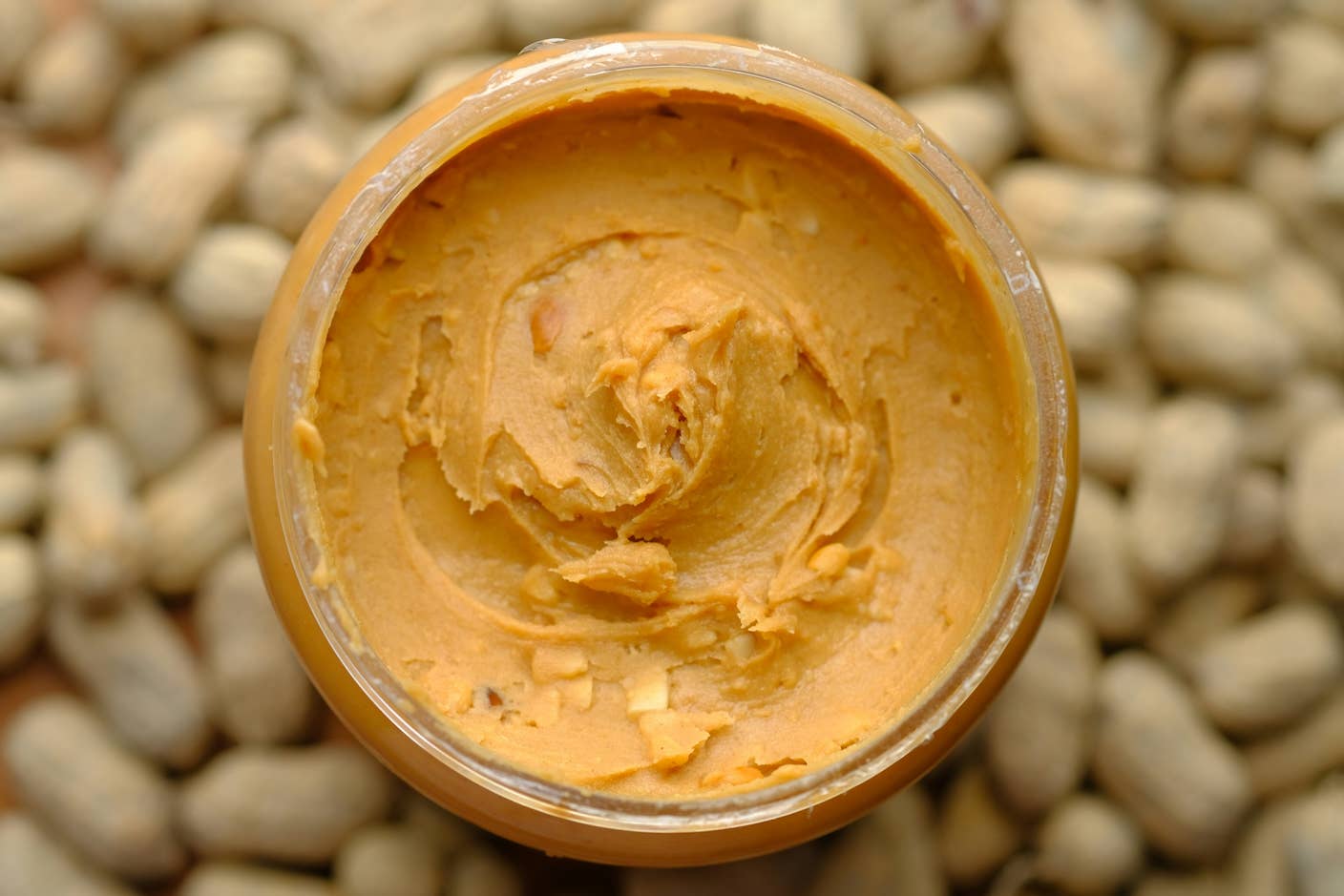A Massive Study Is Revealing Why Exercise Is So Good for Our Health

Share
We all know that exercise is good for us.
A brisk walk of roughly an hour a day can stave off chronic diseases, including heart or blood vessel issues and Type 2 diabetes. Regular exercise delays memory loss due to aging, boosts the immune system, slashes stress, and may even increase lifespan.
For decades, scientists have tried to understand why. Throughout the body, our organs and tissues release a wide variety of molecules during—and even after—exercise to reap its benefits. But no single molecule works alone. The hard part is understanding how they collaborate in networks after exercise.
Enter the Molecular Transducers of Physical Activity Consortium (MoTrPAC) project. Established nearly a decade ago and funded by the National Institutes of Health (NIH), the project aims to create comprehensive molecular maps of how genes and proteins change after exercise in both rodents and people. Rather than focusing on single proteins or genes, the project takes a Google Earth approach—let’s see the overall picture.
It's not simply for scientific curiosity. If we can find important molecular processes that trigger exercise benefits, we could potentially mimic those reactions using medications and help people who physically can’t work out—a sort of “exercise in a pill.”
This month, the project announced multiple results.
In one study, scientists built an atlas of bodily changes before, during, and after exercise in rats. Altogether, the team collected nearly 9,500 samples across multiple tissues to examine how exercise changes gene expression across the body. Another study detailed differences between sexes after exercise. A third team mapped exercise-related genes to those associated with diseases.
According to the project’s NIH webpage: “When the MoTrPAC study is completed, it will be the largest research study examining the link between exercise and its improvement of human health.”
Work It
Our tissues are chatterboxes. The gut “talks” to the brain through a vast maze of molecules. Muscles pump out proteins to fine-tune immune system defenses. Plasma—the liquid part of blood—can transfer the learning and memory benefits of running when injected into “couch potato” mice and delay cognitive decline.
Over the years, scientists have identified individual molecules and processes that could mediate these effects, but the health benefits are likely due to networks of molecules working together.
“MoTrPAC was launched to fill an important gap in exercise research,” said former NIH director Dr. Francis Collins in a 2020 press release. “It shifts focus from a specific organ or disease to a fundamental understanding of exercise at the molecular level—an understanding that may lead to personalized, prescribed exercise regimens based on an individual’s needs and traits.”
The project has two arms. One observes rodents before, during, and after wheel running to build comprehensive maps of molecular changes due to exercise. These maps aim to capture gene expression alongside metabolic and epigenetic changes in multiple organs.
Another arm will recruit roughly 2,600 healthy volunteers aged 10 to over 60 years old. With a large pool of participants, the team hopes to account for variation between people and even identify differences in the body’s response to exercise based on age, gender, or race. The volunteers will undergo 12 weeks of exercise, either endurance training—such as long-distance running—or weightlifting.
Altogether, the goal is to detect how exercise affects cells at a molecular level in multiple tissue types—blood, fat, and muscle.
Exercise Encyclopedia
Last week, MoTrPAC released an initial wave of findings.
In one study, the group collected blood and 18 different tissue samples from adult rats, both male and female, as they happily ran for a week to two months. The team then screened how the body changes with exercise by comparing rats that work out with “couch potato” rats as a baseline. Physical training increased the rats’ aerobic capacity—the amount of oxygen the body can use—by roughly 17 percent.
Next, the team analyzed the molecular fingerprints of exercise in whole blood, plasma, and 18 solid tissues, including heart, liver, lung, kidney, fat tissue, and the hippocampus, a brain region associated with memory. They used an impressive array of tools that, for example, captured changes in overall gene expression and the epigenetic landscape. Others mapped differences in the body’s proteins, fat, immune system, and metabolism.
Be Part of the Future
Sign up to receive top stories about groundbreaking technologies and visionary thinkers from SingularityHub.


“Altogether, datasets were generated from 9,466 assays across 211 combinations of tissues and molecular platforms,” wrote the team.
Using an AI-based method, they integrated the results across time into a comprehensive molecular map. The map pinpointed multiple molecular changes that could dampen liver diseases, inflammatory bowel disease, and protect against heart health and tissue injuries.
All this represents “the first whole-organism molecular map” capturing how exercise changes the body, wrote the team. (All of the data is free to explore.)
Venus and Mars
Most previous studies on exercise in rodents focused on males. What about the ladies?
After analyzing the MoTrPAC database, another study found that exercise changes the body’s molecular signaling differently depending on biological sex.
After running, female rats triggered genes in white fat—the type under the skin—related to insulin signaling and the body’s ability to form fat. Meanwhile, males showed molecular signatures of a ramped up metabolism.
With consistent exercise, male rats rapidly lost fat and weight, whereas females maintained their curves but with improved insulin signaling, which might protect them against heart diseases.
A third study integrated gene expression data collected from exercised rats with disease-relevant gene databases previously found in humans. The goal is to link workout-related genes in a particular organ or tissue with a disease or other health outcome—what the authors call “trait-tissue-gene triplets.” Overall, they found 5,523 triplets “to serve as a valuable starting point for future investigations,” they wrote.
We’re only scratching the surface of the complex puzzle that is exercise. Through extensive mapping efforts, the project aims to eventually tailor workout regimens for people with chronic diseases or identify key “druggable” components that could confer some health benefits of exercise with a pill.
“This is an unprecedented large-scale effort to begin to explore—in extreme detail—the biochemical, physiological, and clinical impact of exercise,” Dr. Russell Tracy at the University of Vermont, a MoTrPAC member, said in a press release.
Image Credit: Fitsum Admasu / Unsplash
Dr. Shelly Xuelai Fan is a neuroscientist-turned-science-writer. She's fascinated with research about the brain, AI, longevity, biotech, and especially their intersection. As a digital nomad, she enjoys exploring new cultures, local foods, and the great outdoors.
Related Articles

New Gene Drive Stops the Spread of Malaria—Without Killing Any Mosquitoes

New Immune Treatment May Suppress HIV—No Daily Pills Required

Scientists Just Developed a Lasting Vaccine to Prevent Deadly Allergic Reactions
What we’re reading